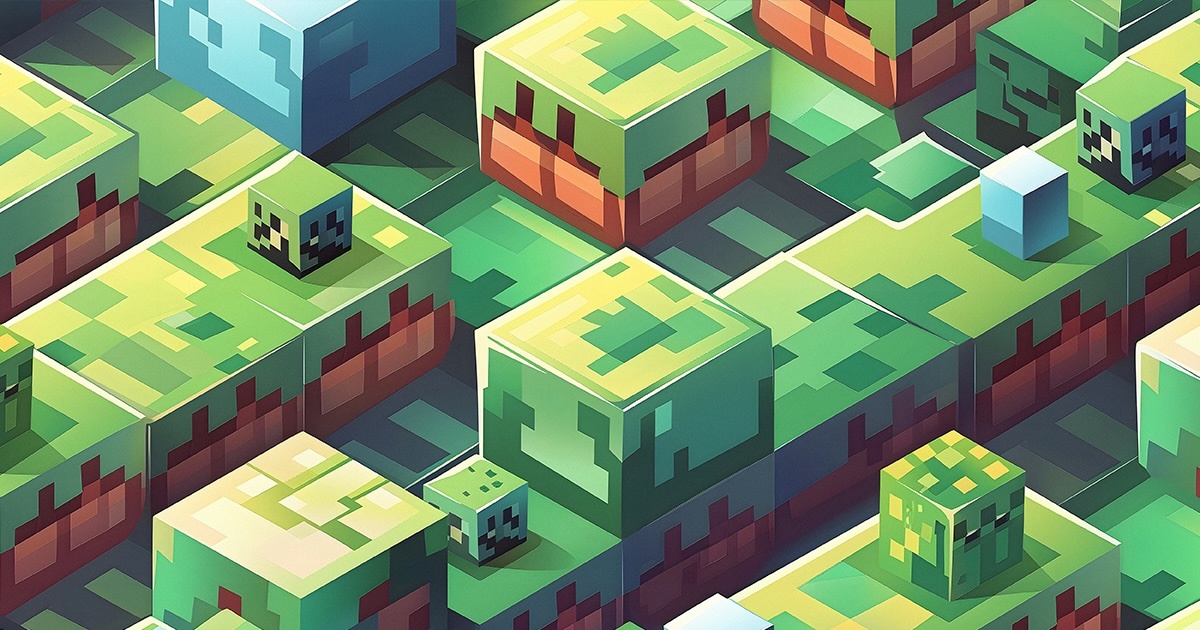
Minecraft modding tools offer incredible ways to transform gameplay. Whether you want custom blocks, unique mobs, or reshaped worlds, the right tool can help. Minecraft modding tools open a world of possibilities for Minecraft Java Edition, limited only by your imagination. This guide explores the best Minecraft modding tools available.
Table of Contents:
- Beginner-Friendly Modding Tools
- Advanced Modding Tools for Experienced Developers
- Choosing the Right Modding Tools
- The Expanding Minecraft Modding Community
- Example Minecraft Modding Project: Customizing the Ender Dragon
- FAQs about Minecraft Modding Tools
- Conclusion
Beginner-Friendly Modding Tools
User-friendly tools simplify modding for beginners. These platforms have intuitive interfaces. This allows mod creation without extensive coding.
MCreator
MCreator is a popular choice for visually creating mods, add-ons, and data packs. Its intuitive interface suits users without coding experience, as shown on the MCreator website. Its ease of use and depth make it suitable for kids, teens, adults, and Minecraft workshops. MCreator unlocks potential for a wide audience.
LearnToMod
LearnToMod offers a structured learning path. It teaches coding through a browser-based platform. Its drag-and-drop features and interactive tools simplify coding and modding Minecraft.
Tynker Minecraft Mod Maker
Tynker Minecraft Mod Maker focuses on young learners. It teaches kids modding, programming, and problem-solving using Minecraft’s familiar format.
Advanced Modding Tools for Experienced Developers
Advanced tools like Minecraft Forge, Eclipse IDE, and the Java Developer Kit (JDK) offer experienced developers more control. These tools unlock expanded programming and complex code manipulation. However, they require command-line experience and complex setups.
Minecraft Forge
Minecraft Forge is a robust open-source modding API. It empowers coders to modify existing Minecraft elements.
Eclipse IDE and JDK
Powerful development tools, like Eclipse IDE and JDK 17, enhance Minecraft coding with Forge. Some older modding tools, designed for past Java Edition versions, offer historical insight. Though incompatible now, they showcase earlier modding approaches. Exploring them can inspire modern mod development or revive older projects.
Choosing the Right Modding Tools
With a wide range of tools available, choosing the right one depends on your skills and goals. This can seem daunting at first. Let’s break down how to select the tools that fit you.
Factors to Consider
Beginners with limited coding experience should start with user-friendly options. MCreator’s simple setup is an excellent starting point for smaller projects. For those ready for coding challenges and want unbounded freedom, tools like Minecraft Forge are ideal. Pairing Forge with Eclipse IDE and JDK provides the greatest flexibility to change your gaming experience.
Between these extremes lie several other useful tools. Options like MultiMC, Enigma, and Minecraft Modinstaller provide more specialized functions for specific modding needs. Each has their own nuances in design that serve different purposes and have different pros and cons.
Tailoring Tools to Specific Needs
To determine the right tool, consider these questions:
- What is your learning style (visual vs. code-focused)?
- What are your modding goals?
- How much time do you have?
- What’s your coding skill level?
Answering these helps choose tools aligned with your desired outcomes. This ensures an engaging modding experience. Experimenting with simple texture packs and resource packs is a good way to dip your toes into Minecraft mod development.
The Expanding Minecraft Modding Community
Minecraft modding tools extend beyond simply adding content. The open-source nature and active community, like the MCreator Community, fuel continuous evolution. Players can contribute new ideas and solutions. Modding communities enhance gaming journeys and connect players worldwide.
Example Minecraft Modding Project: Customizing the Ender Dragon
Let’s explore modifying the Ender Dragon using Minecraft Forge and core game files. We aim to tweak the enderman and dragon AI to create a unique gameplay twist, enhancing player excitement.
Start by using beginner-friendly tools like MCreator to customize basic gameplay elements. Experiment with appearances, crafting recipes, and world reshaping. Personalize your Minecraft world through creative design. Progress to using Minecraft Forge with Eclipse IDE and JDK for advanced customization. These tools enable precise code changes to achieve highly personalized Minecraft experiences. You can find inspiration from existing mods, whether it’s popular choices or lesser-known gems, from sites like Top Minecraft Mods or through online searches. It can be fun to install mods to explore the types of things that are possible. Don’t be afraid to experiment with older versions of mods to see what older versions of the game were like. This project demonstrates the process of custom block creation and other mod development aspects.
FAQs about Minecraft Modding Tools
What is the best Minecraft modding tool?
The best tool depends on skill and goals. MCreator suits beginners, while Forge offers advanced options.
What software is used to mod Minecraft?
Various programs are used, including MCreator, LearnToMod, Minecraft Forge, Eclipse IDE, and JDK. These each offer distinct advantages to help with creating your mod.
What do I need for Minecraft modding?
You need a computer, Minecraft, and your chosen modding tools. Some require coding, others don’t.
Does Mojang allow modding?
Mojang encourages modding. They see it as a way to enrich the game.
Conclusion
Minecraft modding tools empower players to personalize their worlds. Whether you use graphical interfaces or advanced coding tools, there’s a perfect fit for every modder. The supportive online Minecraft community ensures the modding scene thrives. From creating animated textures to designing intricate game mechanics, Minecraft modding unlocks endless possibilities within the game.




